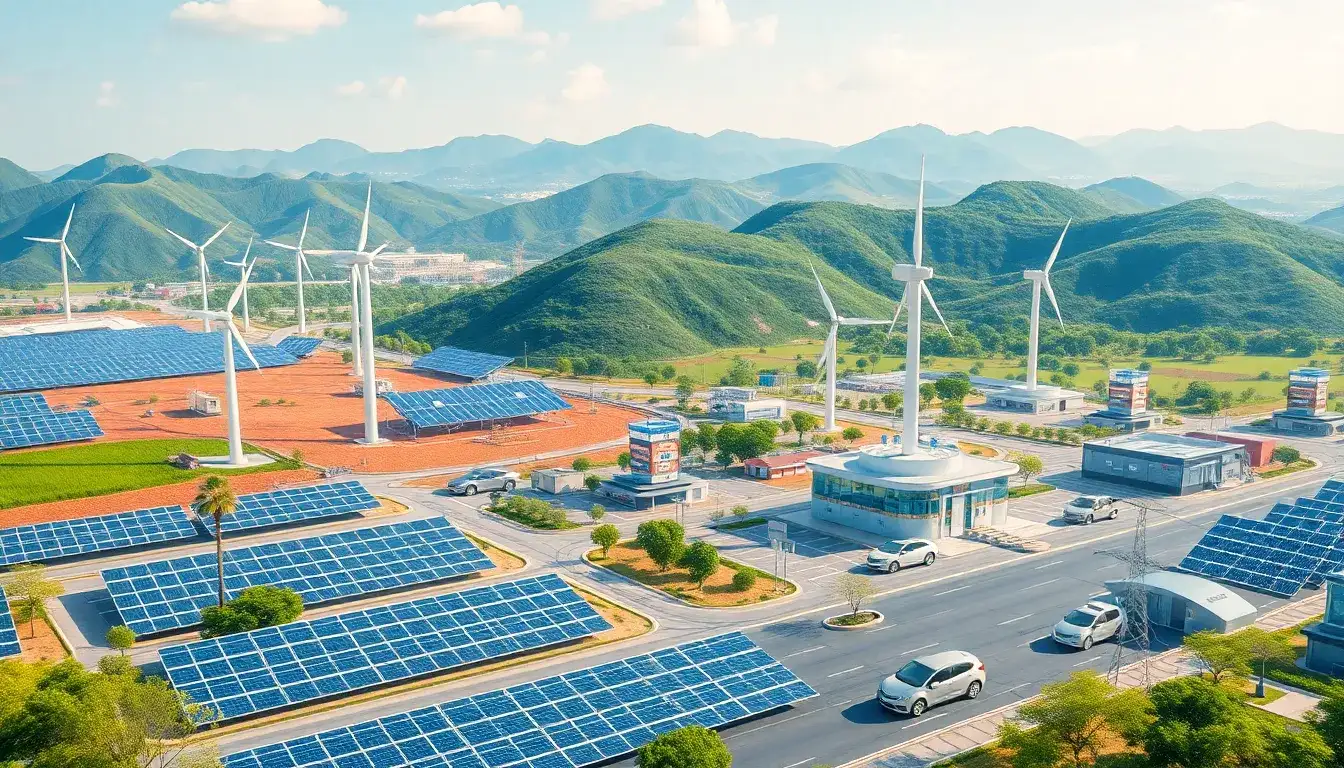
Energy Daily Report: China’s Energy Construction Group has officially launched its electric vehicle project, aiming to promote new energy sources and enhance energy efficiency. By 2025, the goal is to establish a new energy capacity exceeding 200 million kWh as part of the national energy network.
On March 25, 2025, the Energy Policy was initiated, with the Hunan Provincial Electric Power Company publishing an interim guideline for the implementation of electric power management. The guideline includes provisions for testing electric power efficiency, establishing standards for electric power dispatch, evaluating electric power quality, and ensuring compliance with energy regulations.
According to the guidelines, the current implementation phase requires that electric power capacity adjustments must not exceed 10% of the normal load and that the response time should not be less than 1 hour. Furthermore, the adjustments must not fall below the standard operational load of 10%.
In addition, the Hunan Provincial Government announced on March 18 that plans are underway to construct a new power station in Hunan Province, focusing on increasing energy supply. The provincial government aims to accelerate the development of energy facilities and improve the efficiency of energy consumption.
By March 21, 2025, new renewable energy projects are expected to be fully operational, improving the overall energy supply network, particularly in areas with high demand for electric power.
The National Energy Administration has also outlined plans to enhance the new energy power generation capacity, targeting a reduction in carbon emissions by 160 million tons by 2030. This initiative includes the promotion of renewable energy technologies and the establishment of new clean energy projects across the country.
By March 22, 2025, several new hydropower projects are set to commence, contributing significantly to the national energy supply and sustainability goals. These projects aim to harness local resources more effectively and provide reliable energy solutions.
Overall, these initiatives represent a significant step towards achieving China’s energy goals and enhancing the efficiency of its energy systems.







